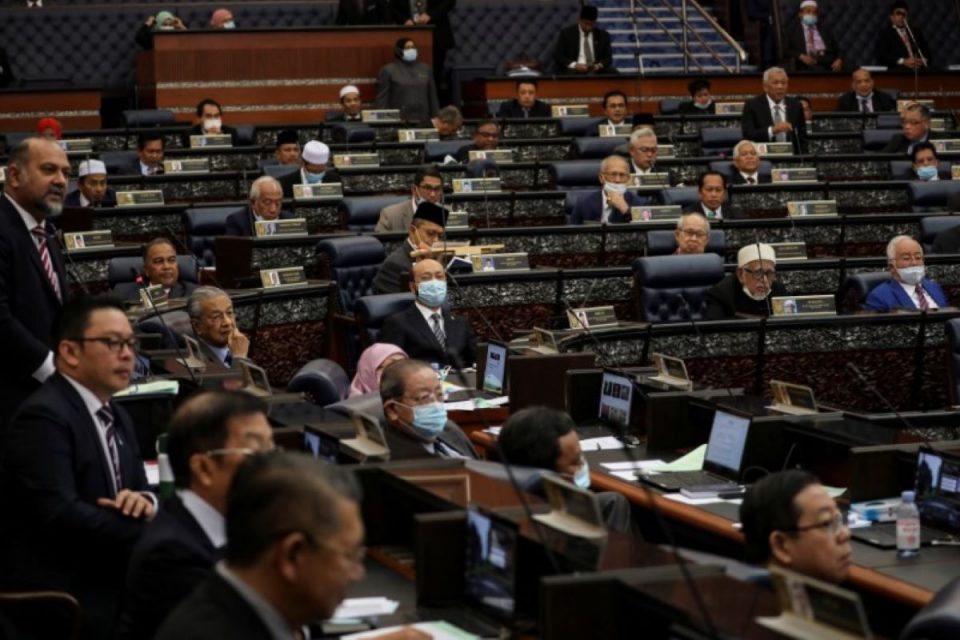KUALA LUMPUR, Feb 15 — An increase in non-communicable disease (NCD) cases due to the impact of the Covid-19 pandemic is among the main factors for congestion in the Emergency and Trauma Department of government hospitals.
Health Minister Dr Zaliha Mustafa said although congestion in the emergency department is not something new, the Health Ministry (MoH) takes a serious view of the issue.
“According to data obtained by the Health Informatics Centre (PIK) of MoH’s Planning Division, we see a trend of an increasing number of patients in the Emergency and Trauma Department.
“One factor for this is the impact of Covid-19 where there is a daily increase in NCD cases and complications from them,” she said when replying to Bandar Kuching MP Kelvin Yii Lee Wuen in Parliament today on MoH’s plans to reduce congestion at Emergency and Trauma Departments nationwide.
Dr Zaliha said MoH has drawn up seven steps and initiatives to reduce congestion in hospitals and patient waiting times, including conducting internal audits and re-examining the effectiveness of the ministry’s existing initiatives.
The minister has also gone to the ground for feedback from hospital authorities to understand better the issues and to come up with effective solutions.
Besides this, the MoH has also empowered Lean Healthcare initiatives which aim to reduce waiting time to see a doctor, right from the registration counter until the patient collects medicine at the pharmacy, as well as the waiting time for ward beds for those being admitted.
“An example of this is at the HTAR Emergency Department (Tengku Ampuan Rahimah Hospital) where we have seen Lean Healthcare being able to reduce patient waiting time from 192 minutes to only 88 minutes. Although this waiting time is a bit long, on average we were able to reduce it.
“In the medical ward, we reduced the discharge waiting time by half from 360 minutes to 180 minutes,” she said.
Dr Zaliha said the MoH also introduced the Short Stay Unit project, which focuses on patients who are stable and require treatment for less than 72 hours, and who will be admitted to the unit for focused and optimal treatment.
Another initiative involves the implementation of a Bed Management Unit (BMU) at the hospital level, which is responsible for bed management and centralised patient flow, involving either emergency or elective patients from the process of admission, discharge and internal and inter-facility transfer.
— Bernama





